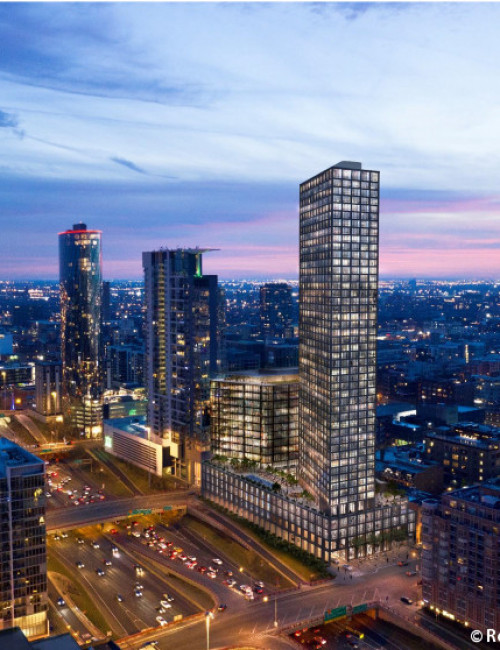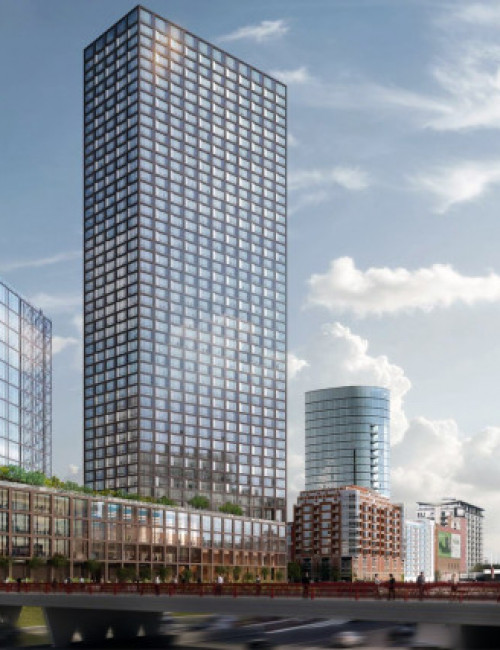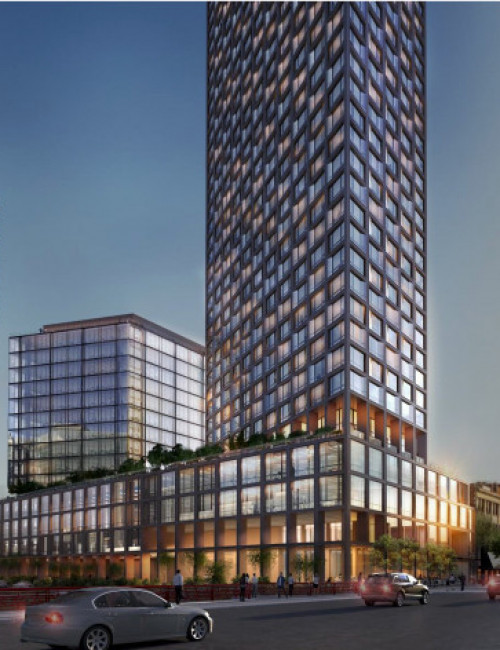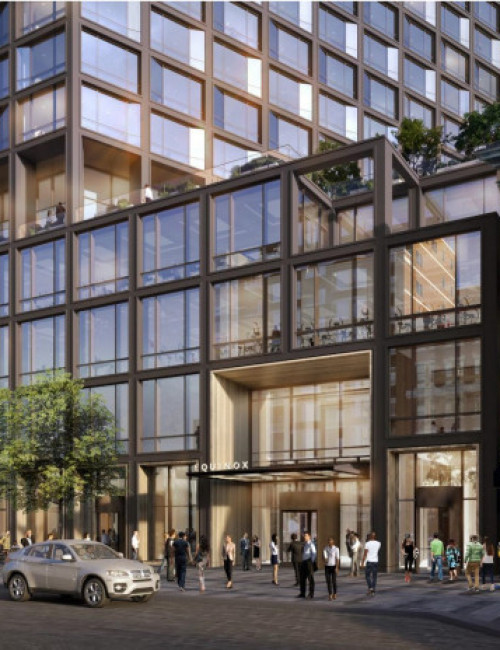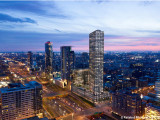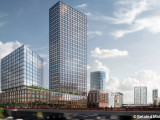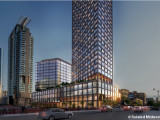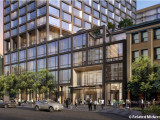725 West Randolph Street
Chicago
- Facts
-
Metrics
You must be a CTBUH Member to view this resource.
Official Name
725 West Randolph Street
Name of Complex
Type
Building
Status
Canceled
Country
City
Address
Function
A mixed-use tall building contains two or more functions (or uses), where each of the functions occupy a significant proportion of the tower's total space. Support areas such as car parks and mechanical plant space do not constitute mixed-use functions. Functions are denoted on CTBUH "Tallest Building" lists in descending order, e.g., "hotel/office" indicates hotel function above office function.
Residential / Hotel
Height
165.1 m / 542 ft
Floors Above Ground
48
Floors Below Ground
1
# of Apartments
370
# of Hotel Rooms
240
# of Parking Spaces
50
# of Elevators
11
You must be a CTBUH Member to view this resource.
Owner/Developer
Related Midwest
Architect
Usually involved in the front end design, with a "typical" condition being that of a leadership role through either Schematic Design or Design Development, and then a monitoring role through the CD and CA phases.
Roger Ferris + Partners
Usually takes on the balance of the architectural effort not executed by the "Design Architect," typically responsible for the construction documents, conforming to local codes, etc. May often be referred to as "Executive," "Associate," or "Local" Architect, however, for consistency CTBUH uses the term "Architect of Record" exclusively.
Perkins Eastman Architects
Other Consultant
Other Consultant refers to other organizations which provided significant consultation services for a building project (e.g. wind consultants, environmental consultants, fire and life safety consultants, etc).
Other Consultant refers to other organizations which provided significant consultation services for a building project (e.g. wind consultants, environmental consultants, fire and life safety consultants, etc).
DLA Piper
Gewalt Hamilton Associates
Global News

24 February 2020
Residential Buildings Proposed for Chicago’s Fulton Market Receive Initial Approval
Chicago officials approved two high-rise apartment developments that would build 920 apartments in Fulton Market despite criticism that few apartments would be set aside for...
Subscribe below to receive periodic updates from CTBUH on the latest Tall Building and Urban news and CTBUH initiatives, including our monthly newsletter. Fields with a red asterisk (*) next to them are required.
View our privacy policy

